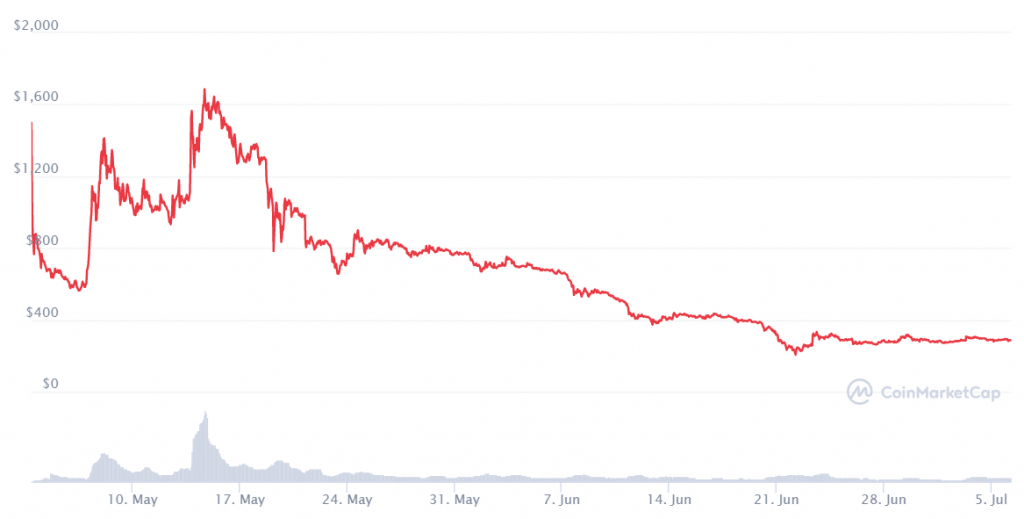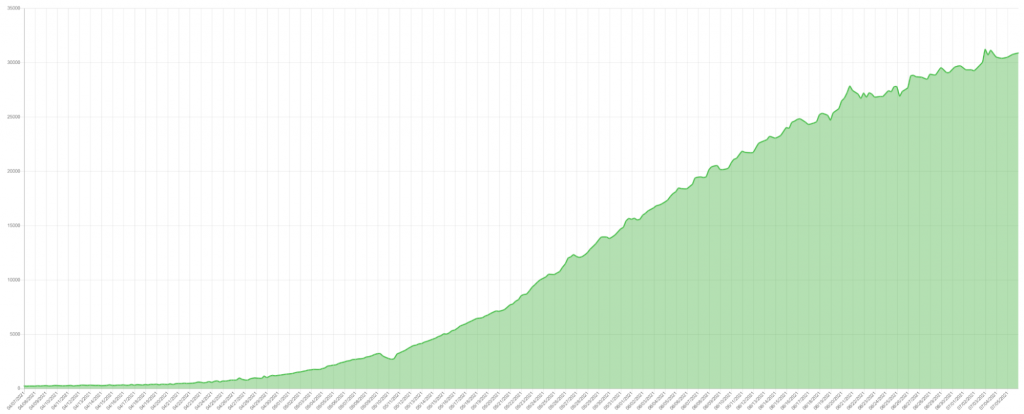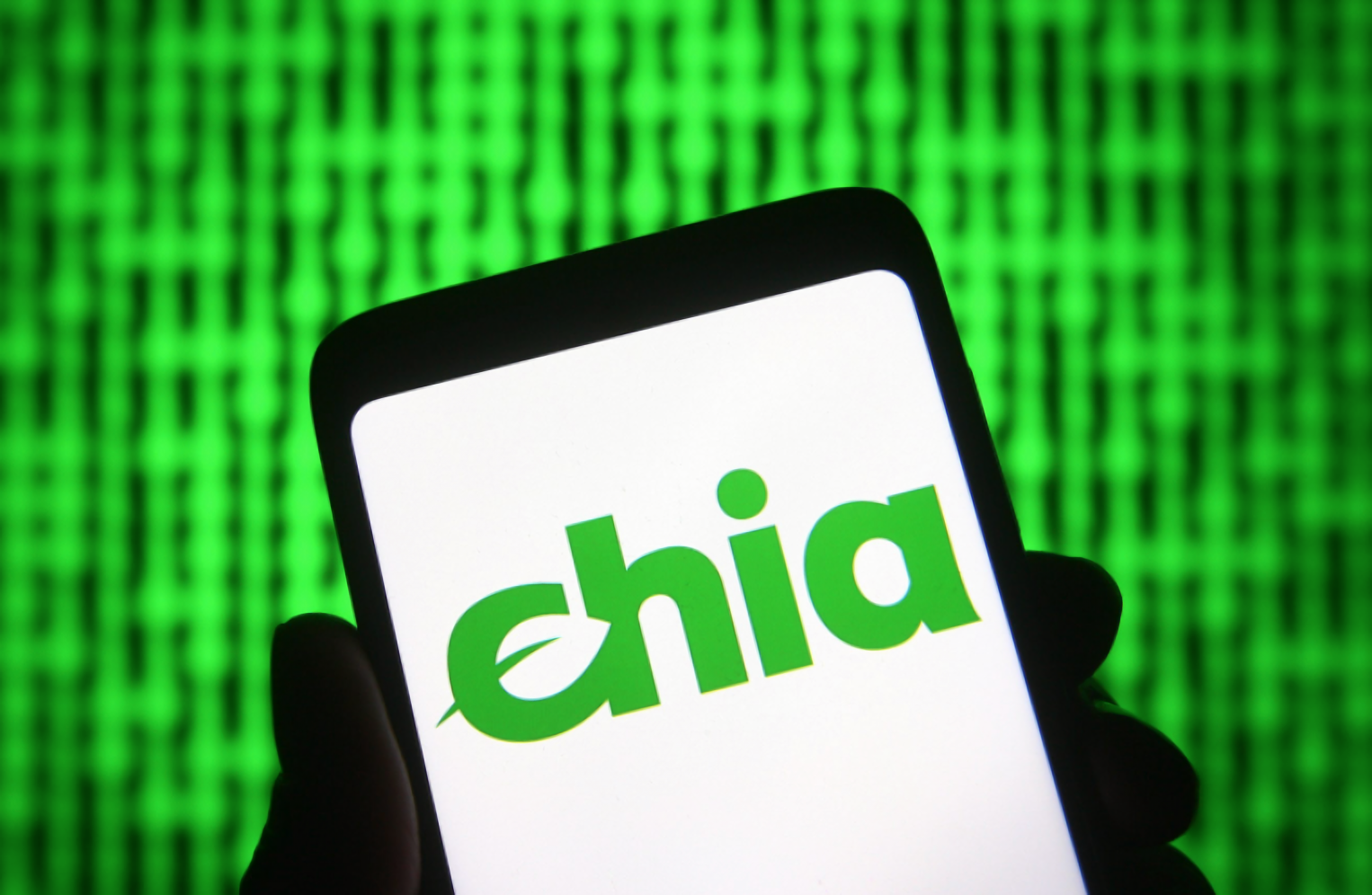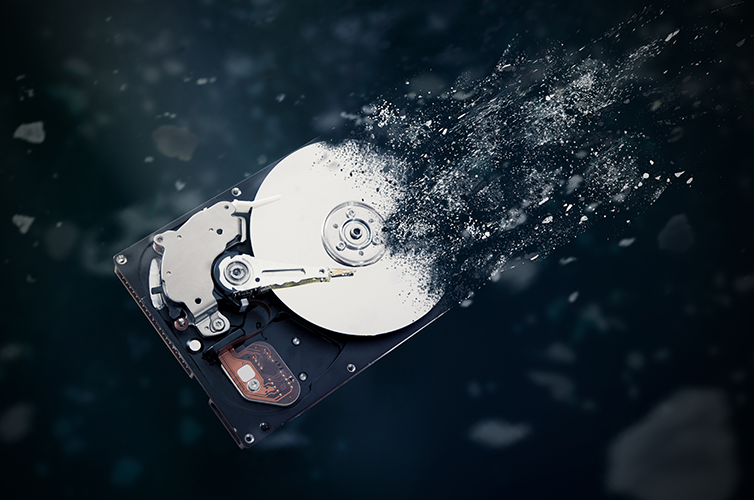The Chia Network strives to create an environmentally friendly, secure, and entirely decentralized alternative to proof of stake and proof of work. Proof of work (PoW) cryptos consume lots of energy. They seem centralized due to the hardware manufacturing and ownership concentration and centralization of cheap energy, making PoW quite inaccessible to ordinary users and susceptible to different attacks.
Proof of stake (PoS) comes in many forms with each of them coming with various pros and cons. Some of the weaknesses are a concentration of delegation, concentrated control of funds by crypto exchanges, inaccessibility to the normal users, reliance on checkpoints and subjectivity, slashing risk, network assumptions, clock synchronization assumptions, and other security assumptions.
The crypto markets are going through another volatile episode. Volatility has long dominated crypto trading, and it seems to be spilling out into the wider economic world. In periods of peak demand, GPU supplies have dropped, causing firms like Nvidia to apologize to the traditional partners.
In periods of crypto collapse, GPUs have increased in the second-hand market, causing firms like Nvidia to apologize to the investors. The immense energy needed in the process of mining cryptos has burned through huge mountains of oil, coal, and natural gas, resulting in emissions matched by nation-states.
This model has proven to be destructive, consuming everything in its path to produce a product with no inherent value. The assumed value of cryptos has fluctuated erratically, in turn, making and breaking millionaires within minutes. Chia network has come in aiming to solve all these challenges.

The new way of mining uses the‘ Proof of Space’ mechanism to reduce the rate of energy consumption and harnesses underutilized resources.
Chia Network And Proof Of Space
The major cryptos like Ethereum, Bitcoin, and Dogecoin rely on proof of work, which runs calculations on ASICs and GPUs to mine coins. New currencies like FileCoin and Chia rely on miners filing storage space using random numbers. The Chia network creates a random number and the winning miner is the one with the closest match.
Chia describes this method as “proof of space and proof of time”. However, the more hard drive space a user has, the more random numbers they own, and the greater their chance of winning. Seagate’s VP of engineering and the leader of emerging products and solutions, Jason Feist, stated:
“The way that the execution happens in the consensus algorithm is now not based on a work calculation, but instead based on a space and time calculation. First and foremost, you take a device, and you have to plot the space. Plotting is very much like agricultural farming, you have to go out and define how big the plot is, what information should be there.”
For Chia, every plot requires to be nearly 100GB. Feist added:
“So the first instance of that plot is very write-intensive, you have to take random data, and you have to put it down on the device in predefined plots. SSDs are super fast at doing that activity, but they also have to write life and write duty cycle requirements that we need to be mindful of. Because you can go fast and you can burn through the terabytes written lifecycle of the flash cell itself.”

He said that Seagate had been in conversation with the team behind the Chia network for the past three years. After Chia’s release in May 2021, reports emerged that it is destroying consumer-grade SSDs, and miners were urged to use enterprise equipment. But in the case of the Chia network, after plotting there is farming. Feist mentioned:
“That’s looking at all of the space that has been allocated by the plots, and you have to prove that it’s been allocated. So all of the plots ultimately end up on hard drives, or whatever is the lowest cost storage medium. It’s not performance-intensive, it’s not network-intensive, it’s not compute-intensive, it’s just a query that’s sent out. Once a match has been met, then that’s how the reward is handed out.”
After all that, analysts believe that Chia functions like a lottery. Tom’s Hardware calculated in May that a 10TB drive gives a miner 0.000257% odds of winning but the percentage changes as the crypto changes in popularity. There are up to 4,608 winning opportunities every day. Feist continued:
“The more plots you have, the more farming you can do, the higher probability of winning the proof occurs, and hence, then your ability to reap monetary rewards goes up. Eventually, the last piece to consider is proof of time. To ensure that you can’t fake the system by just saying ‘I’m storing it’ when you’re not, there are functions that have to be allocated and calculated on the data that is stored in that plot.”
Chia appears to set a predefined function and asks for answers. For anyone with no data, they are prohibited from participating in the predictability of the time response. They need to recalculate and do an entire bunch of math that never shows up within a prescribed window.
In general, it makes for a big network that operates on HDDs and SDDs and awards Chia coins to the participants.
“As Chia spread in popularity and awareness, shares in Seagate and Western Digital surged 19% and 24% respectively.”
Chia Operations
Chia was developed by BitTorrent inventor Bram Cohen and then pitched as a system that may utilize the exabytes of unused storage that is already in circulation. However, it has not worked as planned. Miners who did not have these drives turned to the open market. Between May and June, large capacity hard drives went out of stock throughout Asia as Chinese miners increased their demand for them.
Prices spiked by over 60% in the few places that stock 4TB and higher drives. Things got so bad that the Chinese Communist Party’s Beijing Municipal Committee warned that the lack of storage space affected the storage-intensive state surveillance efforts.
Elsewhere in Germany, Hetzner Online, a data center operator banned cryptocurrency mining as demand exploded. The company said:
“We have received many orders for our large hard drive servers. For this, however, large storage boxes are increasingly being rented. With storage boxes, this leads to problems with the bandwidth on the host systems. With Chia mining, there is also the problem that the hard drives are extremely stressed by the many read and write processes and will therefore break.”
The long-term effect of crypto mining on enterprise drives through the Chia network method is not yet defined. Cohen believes that allegations that Chia damages the enterprise-class drives are wrong and unproven. However, it appears to have affected the market and squeezed most of the supplies to breaking points throughout Asia.
Feist said that there is a massive supply-demand process and Chia’s success may result in the challenges reported by Nvidia. The Chia network has been dealing with flows and ebbs in the market for many years. It has experienced many things as far back as the Thailand flood that altered the supply-demand paradigm years ago.
In May 2021, nearly 3.9 million terabytes of storage space were being used by the crypto miners. That figure is now more than 31 million terabytes. As the storage space that is in active use keeps increasing, the Chia network has also experienced an increase in awareness and popularity. Seagate and Western Digital shares surged in the process.
But since the mid-May highs, Chia has declined in value against the US dollar. For now, it is unclear where Chia will be beneficial to the investors in the long term. But in the short term, investors appear to be reaping significant benefits.
Feist insists that proof of storage will have a widespread impact, which introduces new types of digital ledger, with the provenance-based blockchain mechanisms helping change how the crypto mining sector and the entire Internet operates.
Another Shot At Marketing Blockchain
Blockchain is found in limited marketing-friendly deployments and similar claims were made when Bitcoin (BTC) was created in 2009. But these claims are yet to find defined traction.
Chia network aims to try marketing blockchain once using a less power-hungry take on the challenge. However, there are power demands that exist across the compute, storage, and networking used to operate the blockchain. There is also the embedded carbon of creating additional drives. Seagate’s environmental report reads:
“Manufacturing our drives uses energy and produces greenhouse gases. Our two largest sources of GHG emissions are purchased electricity and ‘fugitive emissions,’ or the unintended release of gases.”
The report detailed steps that can be used to mitigate emissions. In 2017, the firm released 15.04 million metric tons of CO2 per year but it wants to reduce that by 20% by 2025. However, the success of storage cryptocurrency might affect or slow this effort.
It can, at least, be said that the Chia network is more energy-efficient than Bitcoin, with the mining data centers more likely to seem like cold storage instead of bitcoin’s hot-houses. Other analysts say that if it did not exist at all, it would burn less energy.
How Chia Affects Cloud Storage Companies
The arrival of the Chia network has come with challenges and benefits for cloud storage firms. The followers of the hard drive market are intrigued and optimistic but at the same time concerned and skeptical about the new platform.
Since Chia is storage-heavy, most of the storage companies including Western Digital (WD) are looking for ways to benefit from the new revolution. WD has more than an exabyte of data under management, and it maintains around four months’ worth of buffer space.
Its entry into the Chia network seemingly enabled it to increase its earnings to reach hundreds of millions of dollars in the last quarter. As more businesses move online, more storage space is needed and cloud storage firms like SeaGate and Western Digital are set to benefit considerably.
After proving that Chia might work for the cloud storage companies, it is highly likely that the new proof of storage strategy will reduce crypto’s carbon footprint and make the nascent sector an environmentally friendly investment.










